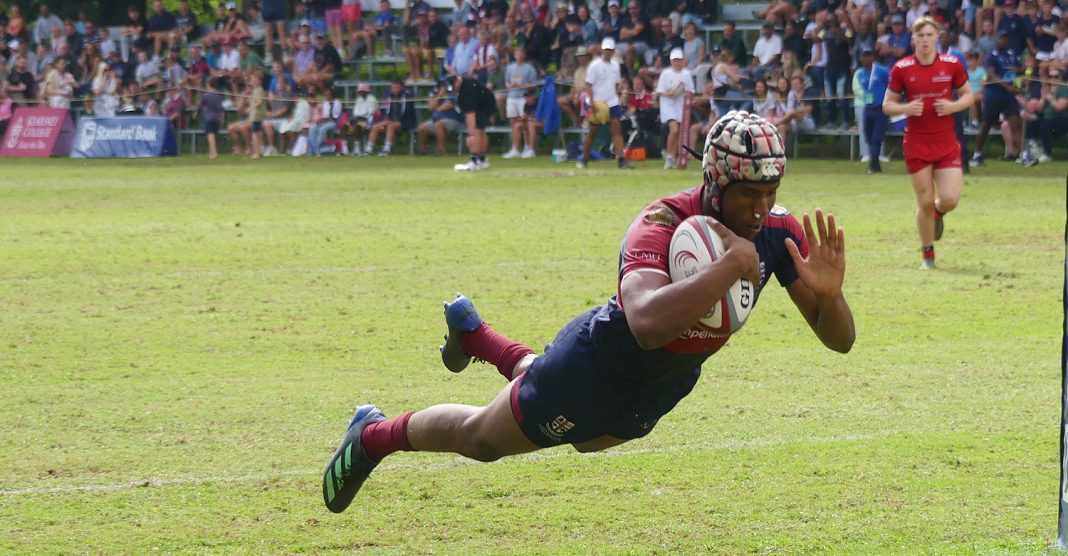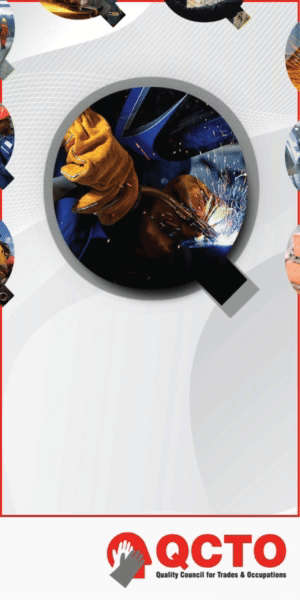By Johnathan Paoli
The eagerly awaited 2024 rankings of the top boys’ sports schools were recently unveiled, igniting passionate discussions across South Africa’s school sports community.
For nearly two decades, these rankings have celebrated the country’s leading institutions in athletic performance, sparking both pride and debate among sports enthusiasts.
The rankings, curated by SA School Sport (SASS), assess schools’ performance across six sports: rugby, cricket, soccer, hockey, basketball and water polo.
Westville Boys High School in KwaZulu-Natal achieved top place, followed by Durban High School in second, and Paul Roos Gymnasium in Stellenbosch at third.
The top 10 schools further included Wynberg Boys’ High School, Rondebosch Boys’ High School, King Edward VII, Grey College, St Stithians, Maritzburg College and Kearsney College.
SASS said the methodology prioritised consistency across these disciplines, providing a holistic view of sports excellence rather than highlighting singular achievements.
The rankings are built on a comprehensive evaluation of performance metrics such as strength of opposition, match outcomes and victory or defeat margins.
To reflect the varying popularity and competitive landscapes of these sports, a weighting system was applied.
Rugby was double-weighted due to its widespread popularity and dominance in boys’ school sports.
Cricket, hockey and soccer were weighted at one and a half, recognising their significant participation rates and importance.
Basketball and water polo retained original values as their participation varies among schools.
The rankings exclusively focused on these six sports, omitting others such as athletics, tennis and rowing due to the lack of consistent national performance data.
As a result, schools excelling in these disciplines may not feature prominently, highlighting the rankings’ focus on breadth over specialisation.
SASS said the rankings aimed to honour schools that demonstrated sustained excellence across all evaluated sports.
While some institutions achieved remarkable success in specific sports, the methodology rewarded those with a balanced, multi-sport approach.
This evaluation provides a guide for parents, students and sports enthusiasts seeking schools that prioritise comprehensive sport development.
SASS said that while some schools would celebrate their top placements, others may question the methodology or highlight overlooked achievements.
After 18 years of publishing these rankings, SASS said it welcomed this spirited engagement as a testament to the passion for school sports in South Africa.
INSIDE EDUCATION







